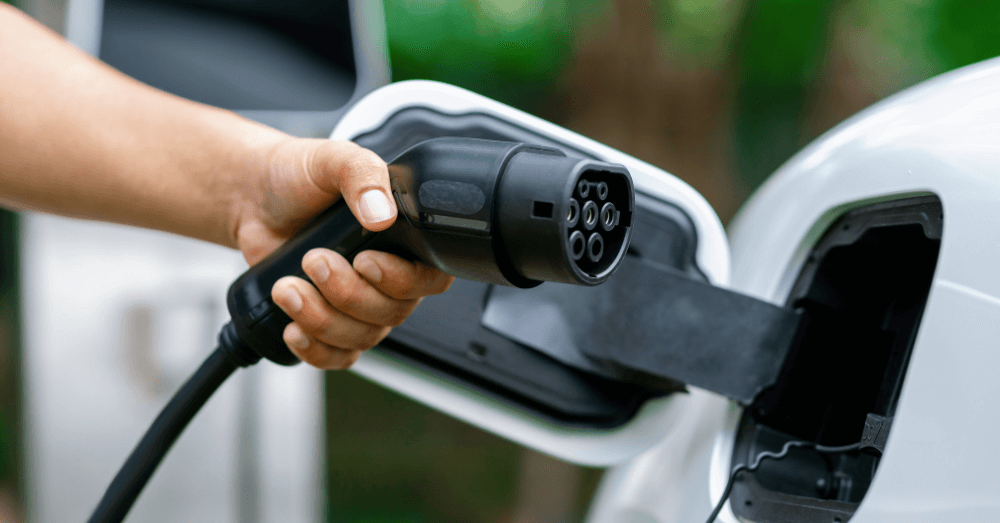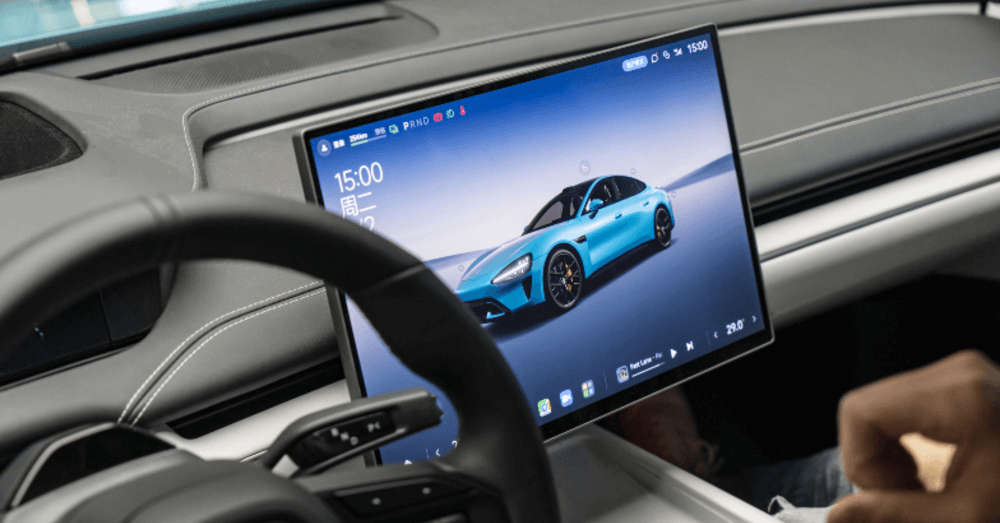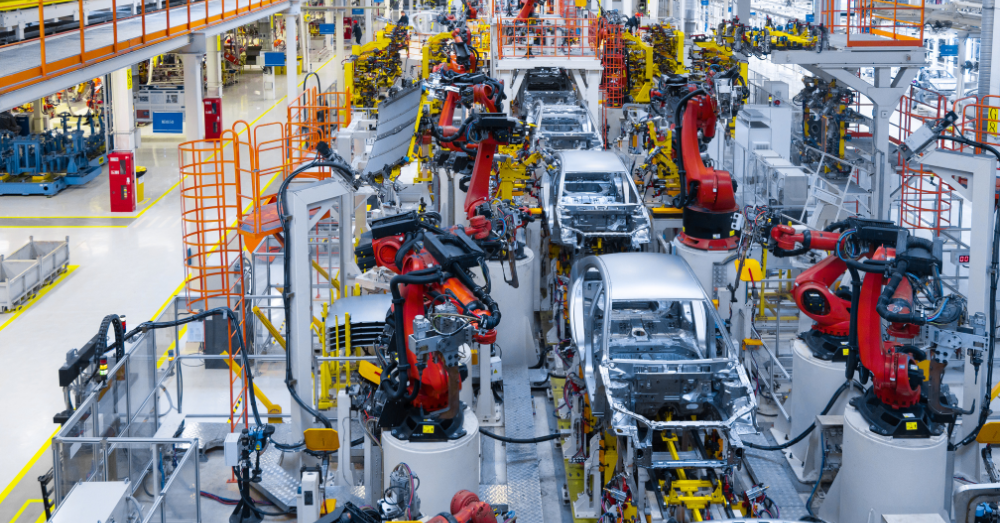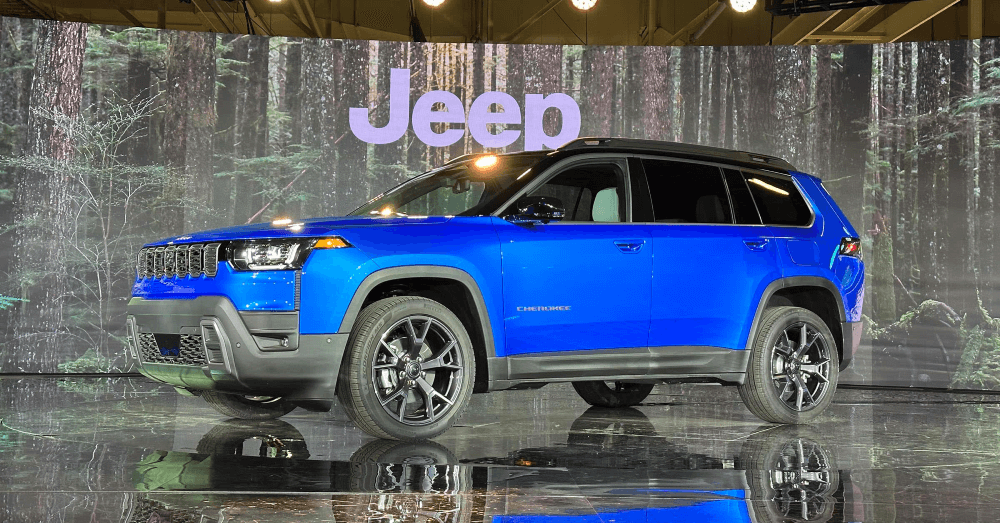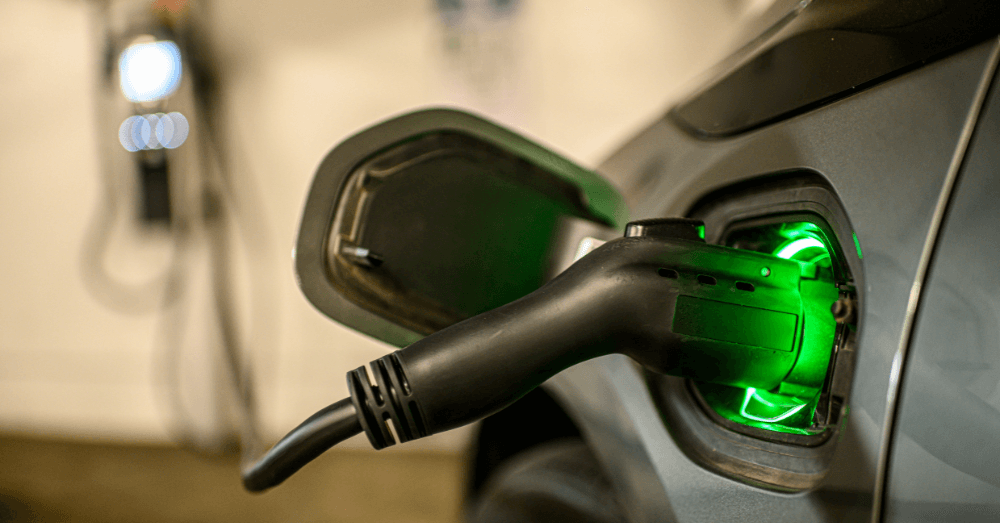If automakers want consumers to buy EVs, they’ve got to find ways to cut costs. A Tennessee battery plant might be able to help make this happen for GM.
GM’s joint-venture plant in Spring Hill, Tennessee, will begin producing lower-cost lithium-iron-phosphate (LFP) battery cells, with production starting in late 2027 to support updated Chevrolet Bolt EV models. GM also plans lithium manganese-rich (LMR) cells for longer-range vehicles by 2028. Lower-cost batteries can go a long way toward decreasing the price of electric vehicles. This could help make it possible for more drivers to enjoy the benefits of electric vehicles.
New batteries could be much better
With GM working toward lowered costs and longer driving ranges, new batteries are required. Instead of simply using lithium-ion batteries, which have lithium, cobalt, nickel, manganese, silicon, and electrolytes in them, new materials are being used to improve costs and driving ranges for EVs. Some models will use new lithium-iron-phosphate batteries, which will be used in the new Chevrolet Bolt EV models, and other EVs will use new lithium manganese-rich batteries that are expected to deliver longer driving ranges without increasing the size of the battery packs.
The stepping stones
It wasn’t long ago that many automakers looked at solid-state batteries as the future technology for EVs. That goal hasn’t been tossed away, but automakers must find ways to decrease the price of EVs and offer models that drive further. Decreasing costs is extremely important thanks to the expiration of the Federal EV Tax Credit, which ends after September of this year instead of 2032. Driving range has been an issue since EVs were looked at as the future of driving. They need to be capable of keeping up with gas-powered vehicles in terms of usable driving ranges, and they simply have not done so.
EV goals have changed
GM and other automakers have invested billions of dollars into electric vehicle development, which means ditching this technology isn’t part of the plan. That said, most automakers have adjusted their EV goals, especially in the United States. EVs have fallen short of sales projections over the past couple of years, which means changes are required. Toss in the latest governmental landscape, which is basically anti-EV, and you’ve got a challenging market for electric vehicles. This means making them more affordable and allowing them to drive longer is extremely important, and GM has a plan with the changes to its batteries being produced at the Spring Hill, TN battery facility.
Will GM continue to build traditional EV batteries?
The batteries that have been built at the Spring Hill factory will now be produced at a plant in Ohio. Changing the batteries produced in Tennessee makes sense, especially for the EVs being built at a nearby plant, which produces the Cadillac Lyriq. The battery factory will continue to build the most advanced batteries possible and is the first joint-venture factory to have their contract approved by the UAW, which shows how important it is to GM and the future of EVs.
What do EV drivers really want?
In addition to more affordable vehicles with longer driving ranges, electric vehicle drivers have a unique experience that differs greatly from pumping gas and driving a traditional ICE-powered vehicle. Here are some things that EV drivers really want:
Simplicity
Self-service tools that help drivers maintain control over the EV charging experience is at the top of the list. This would allow EV drivers to have:
- Access to real-time charger location and availability to know that local charging stations are working properly
- An intuitive interface for all aspects of using EV charging stations and managing vehicle maintenance
- Flexibility and customization for paying and using EV services
- Easy access to insights including charging history, transactions, and account information
Streamlined billing
Make it easier for EV drivers to understand and anticipate billing cycles and charges. This means:
- Processing incoming data from chargers to ensure efficiency and accuracy
- Issuing understandable bills with details and price plans
- Offer real-time billing without the need to wait for the next billing cycle
- Custom plans to fit each driver’s needs
- Provide discounts and refunds to unsatisfied customers
Moving EVs forward
The GM plan to build new batteries to reduce costs and bring back the Chevy Bolt EV while also creating batteries with longer driving ranges for other EVs, should be a strong step forward in the market. In addition to improving the batteries used in electric vehicles, drivers need access to more charging stations. Tesla allows many brands to use its Supercharging network and the NACS charging plug has become universal, but if EVs are going to be the vehicles of the future, more charging stations are necessary.
It takes nearly three times longer to recharge an EV than to fill up a tank of gas, and that’s using the fastest charging stations. At many gas stations, its easy to see how the vehicles are refilled and move on, making room for the next car or truck to fill up, but that’s not the case for EVs. Not only are there too few EV charging stations, but one car can use a charging location for nearly an hour, which is a long time for other cars to wait.
In addition to better batteries, more charging stations are required to truly move the adoption of EVs forward.

